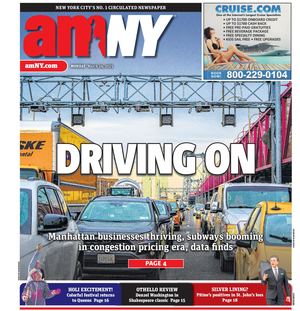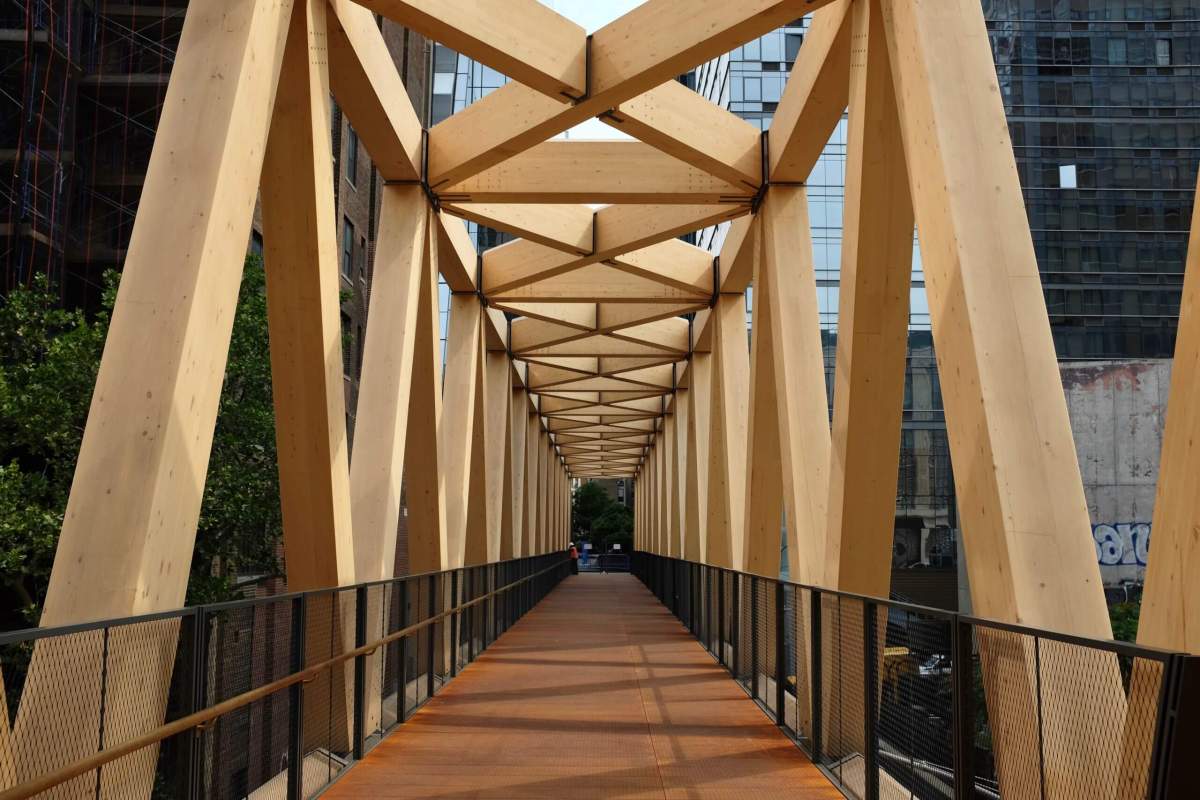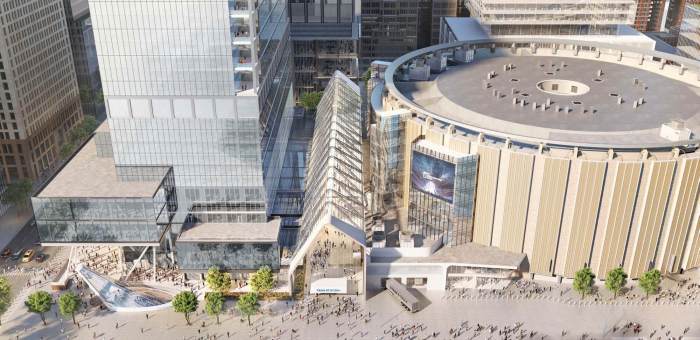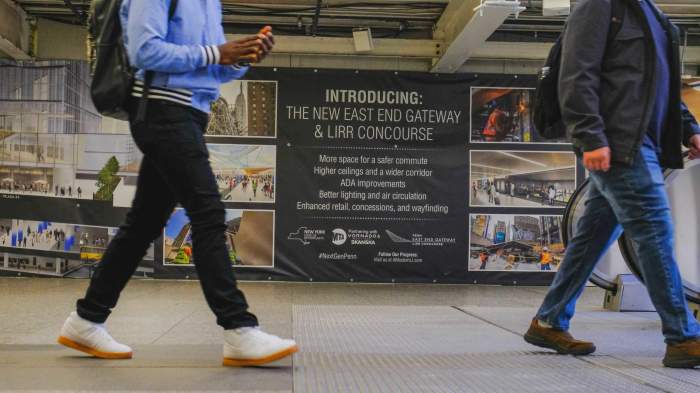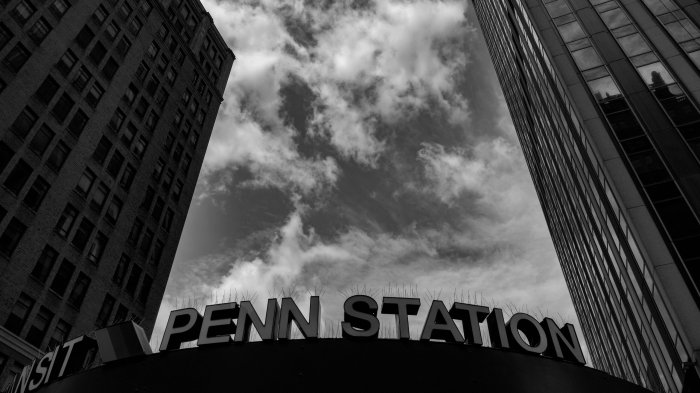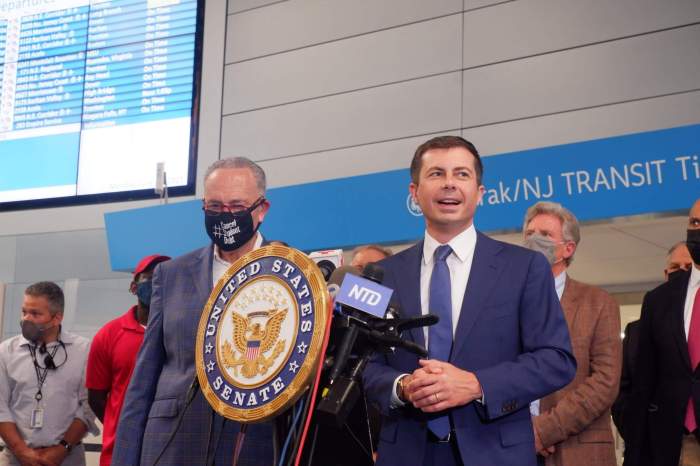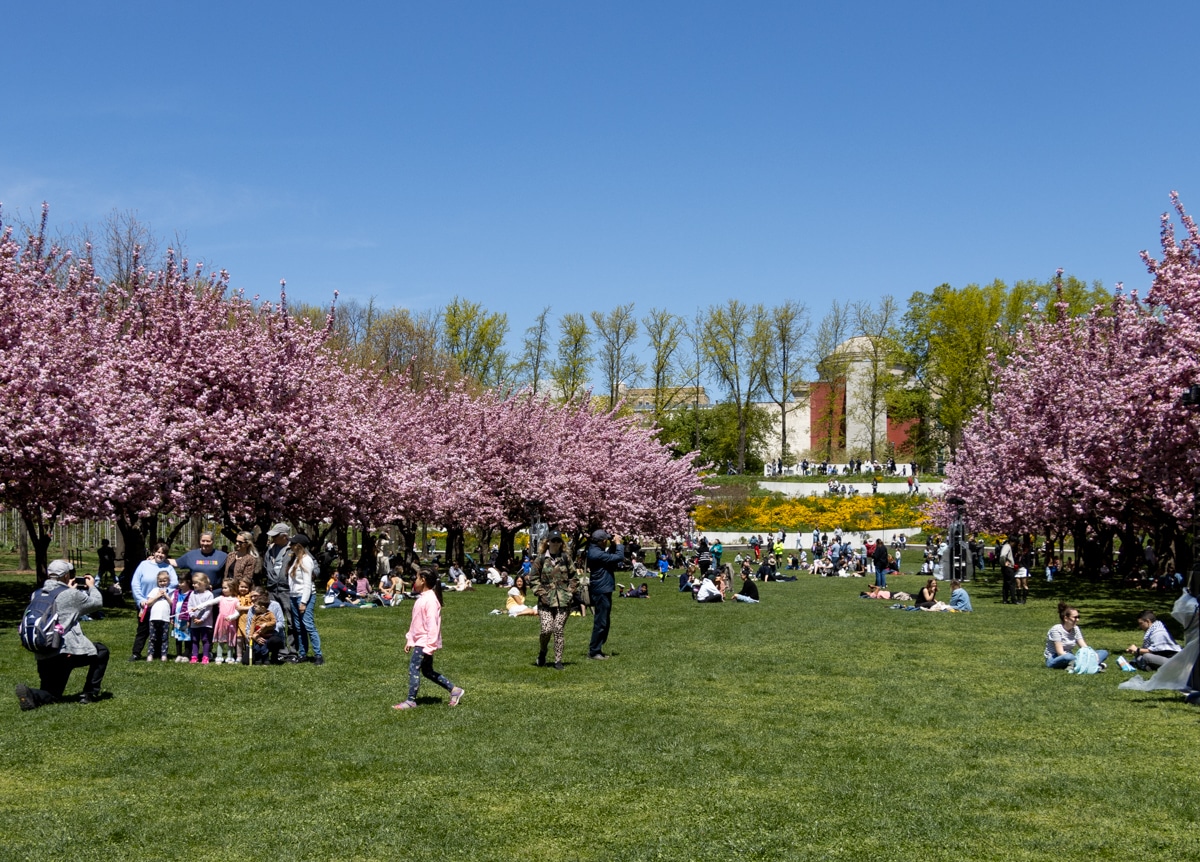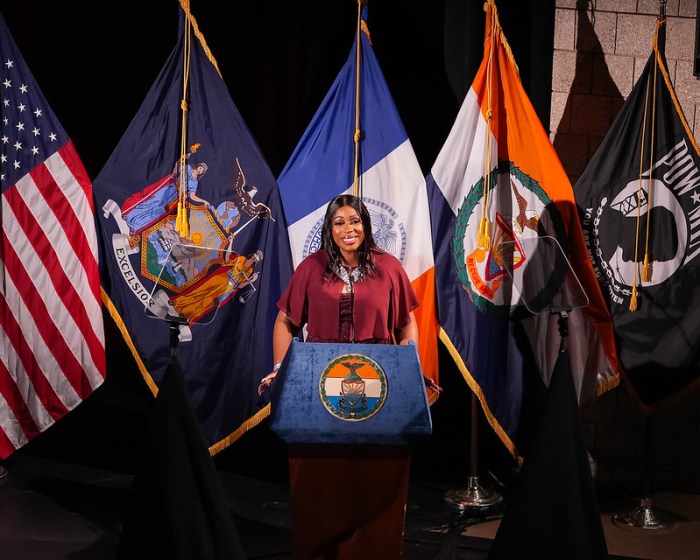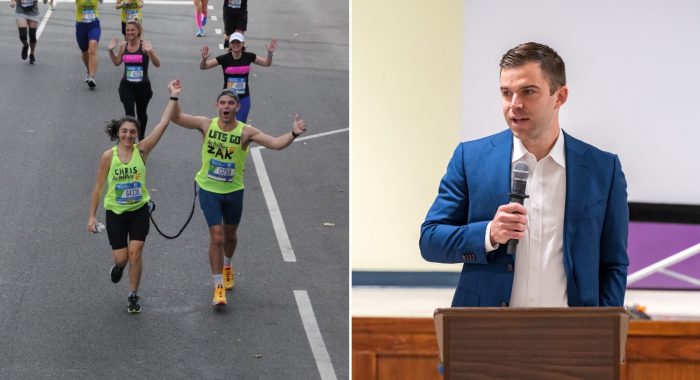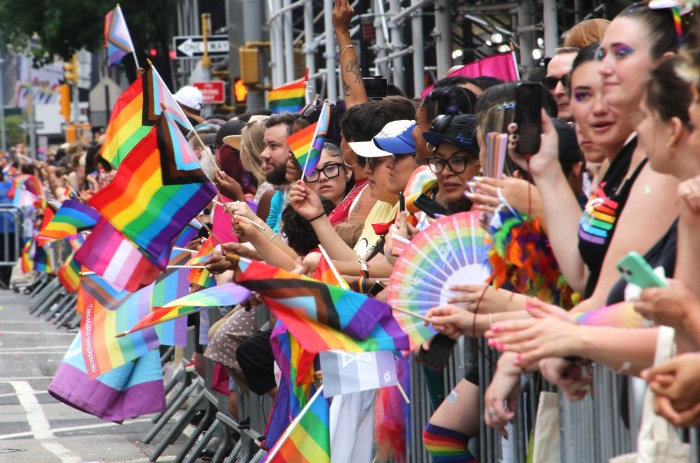Friends of the High Line will open a new elevated pedestrian bridge on Wednesday to provide a path directly from Moynihan Train Hall to the rest of the linear park.
Though the span of the project is only about two blocks, the design and architecture of the foot bridge was thoughtfully conceived as a sister project to the existing park. It consists of a lushly planted, rustic Woodland Bridge that runs above West 30th Street from the High Line’s Spur, and a Timber Bridge, built from Alaskan Yellow Cedar beams suspended above Dyer Avenue.
The $50 million project was funded by a private-public partnership between Empire State Development, Brookfield Properties and Friends of the High Line.
At its northern point, the bridge opens onto Magnolia Court, a quiet pedestrian plaza at the foot of the Manhattan West towers abutting Moynihan Train Hall and Hudson Yards.
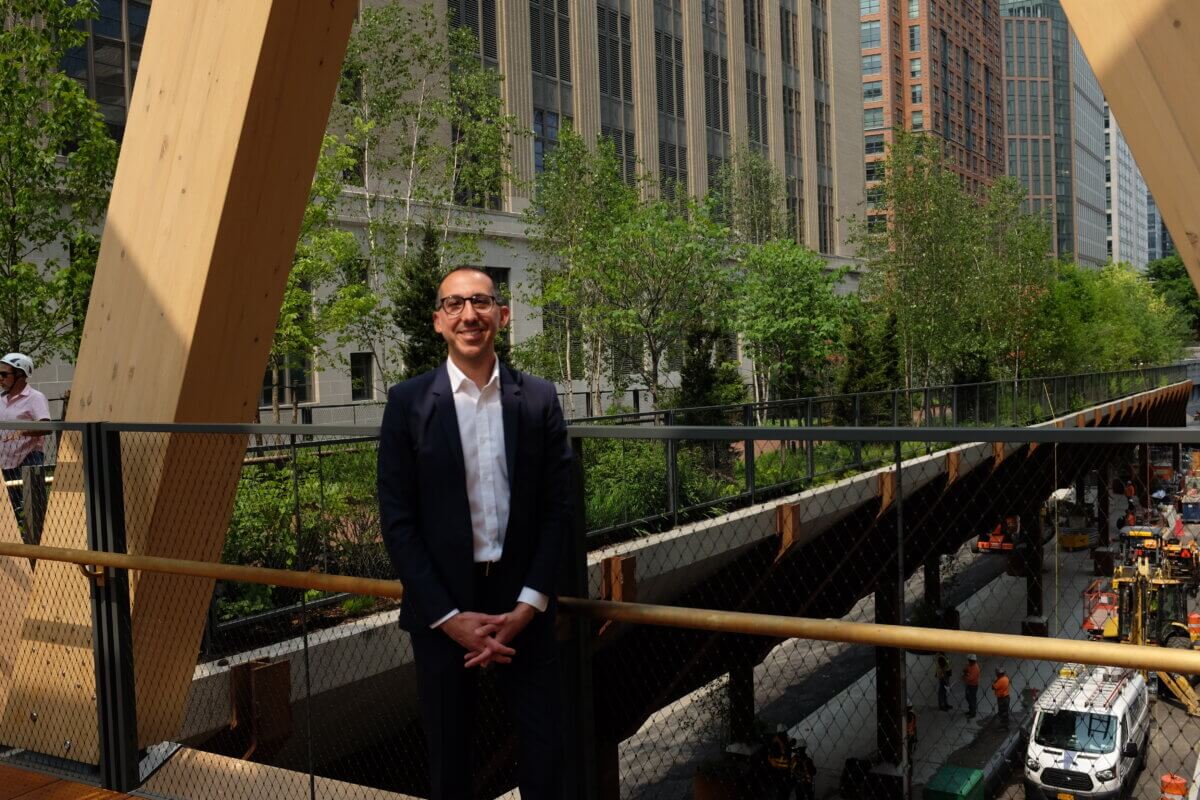
“From a transit access perspective, it lets people from Moynihan walk uninterrupted down to the West Village via the High Line. From a public space perspective, it ties all these spaces together,” said Patrick Hazari, senior director of planning, design and construction at Friends of the High Line.
The area below the connector was long-known for having a poor pedestrian streetscape, where traffic often backed up from the entrance to the Lincoln Tunnel. Now pedestrians will have a seamless entrance to the elevated path.
Like the rest of the linear park, its designers were very exacting about the architecture and ecology of the new project, but with a twist. The decision to build a wooden truss bridge portion of the path was meant to stand in contrast to the rail-adapted spans of the High Line. The Woodland Bridge Section features an especially dense canopy of plans — a result of having a deeper planting bed.
“It had to be related to the High Line, but also it needed to sort of be distinctly different as well. We called it a sibling almost. It was coming from a similar DNA but its own thing,” said Lisa Switkin, a partner with urban design firm, James Corner Field Operations.
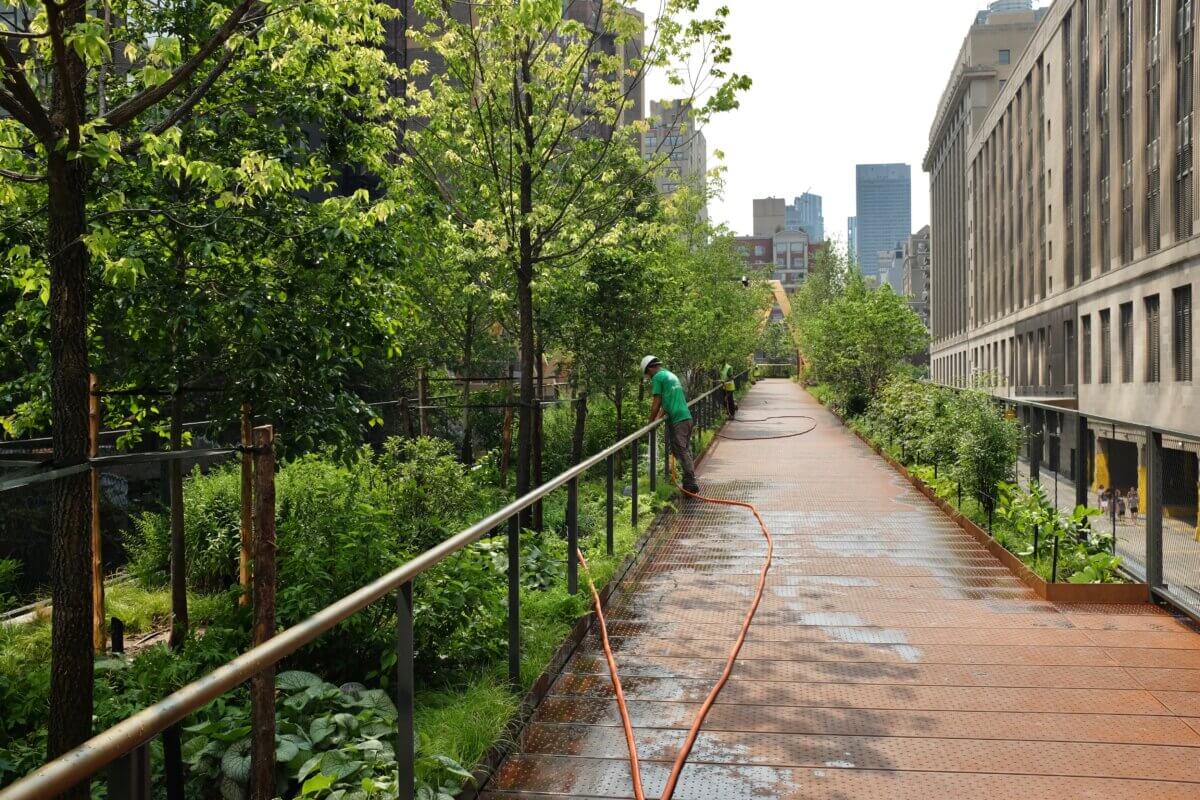
Design on the project began in the spring of 2021, shortly after the opening of the Penn Station expansion. A year later, the High Line extension broke ground, and is now opening to the public. Collaborators say they were all pleasantly surprised with the speed at which they were able to design and build the new bridge.
“Fifteen months later we are cutting a ribbon on this project, which is an amazing timeline,” said Hazari.
The High Line’s head of design added that he hopes the new bridge, built for both beauty and practicality, will encourage visitors to return to the iconic overhead span and experience its new art installations as well.
“The High Line has been open for many years and we’ve opened in many phases, but if you haven’t been to the High Line in a few years, we’d invite you to come back and re-experience it,” he said.
